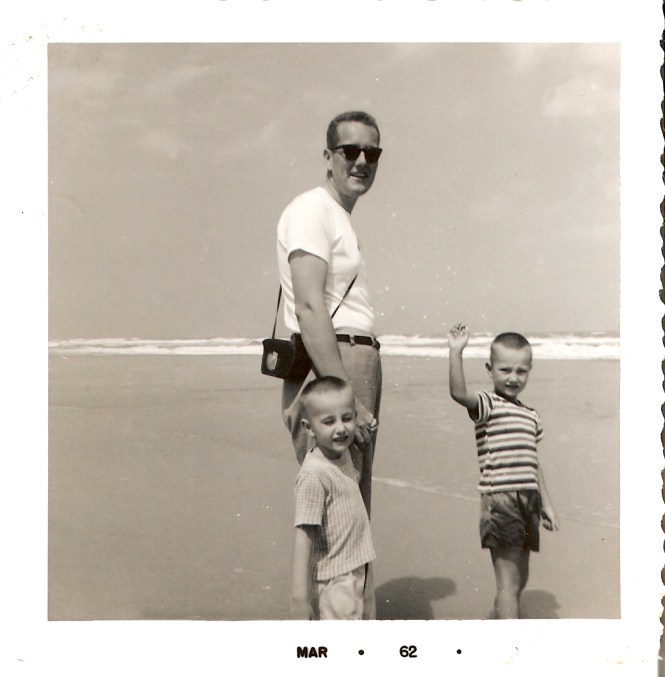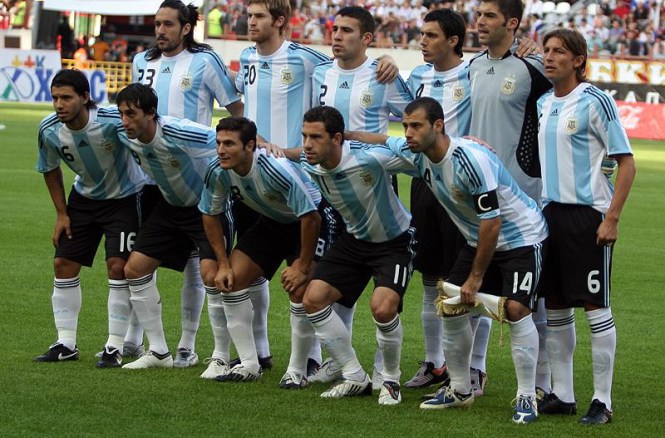Some people contend that we live in a culture that’s more violent than ever. Without getting into all the data that prove otherwise, it’s easy to see why people get that impression. Constant images of strangers in neighborhoods from the now-ubiquitous cameras on private homes. A 24-hour news cycle that still adheres to “if it bleeds, it leads”. Politicians and advocacy groups that literally make their living by selling fear.
But one form of violence provides guilt-free entertainment. The baseball fight.
If you’ve never seen a baseball fight, imagine two grown men arguing over the last bag of charcoal at Home Depot on the morning of Labor Day. As the discussion grows more and more heated, both subjects keep glancing around to make sure store employees have noticed and will intervene if things get physical. Finally, one of them takes a few tentative steps toward the other, and two staff members grab the combatants from behind in a bear hug.
Meanwhile, the rest of the staff mills around behind the action, some laughing, some grabbing/hugging others, a few self-designated peacemakers saying, “Hey, come on guys, we gotta sell some grills today”. Other employees jog over from the plumbing section, hoping to move slowly enough that they won’t have to actually get involved.
Eventually the two original guys separate unscathed, turning to shout the occasional insult as they’re led away with minimal effort.
These days, so-called “bench-clearing brawls” generally result from one of two conditions:
- Batter is hit by a pitch. It’s notable that the rules of baseball specify that the player doesn’t actually have to be hit by the ball. It’s enough if the pitch grazes the players uniform. So, naturally, a player must avenge this insult to the integrity of his shirt or shoelace.
- Batter hits a home run, then stops and watches the flight of the ball before running the bases. This is a relatively new development considering baseball has been around for over 150 years now. When Barry Bonds was mashing home runs, he’d routinely turn his size-12 head to watch the ball, walk a few steps and then jog around the bases. But Bonds was a prolific hitter, and would be a first-ballot Hall of Famer if it weren’t for steroid use. Oh, sorry; alleged steroid use. (He now wears size seven hats. Allegedly.)
But these days you don’t have to be a superstar to act like one. 28-year old career minor-leaguers now give it the full Bonds treatment when they hit dingers. The pitchers (or, more likely, their teammates on the bench) take exception to the show-offiness, and the pitcher responds by throwing close to (or even behind) a hitter. The pillow fight ensues.
A few days ago I watched a baseball fight that was started when the batter claimed the pitcher looked at him for too long after grazing his uniform. It’s like two brothers in the back seat of a compact car on a long road trip.
The one serious baseball fight that I’ve seen was actually more of a one-sided pummeling. I’m referring, of course, to the infamous Nolan Ryan vs. Robin Ventura incident of 1993.
At the time, Ryan was in his last season and 46 years old. Ventura was twenty years younger and coming off an all-star year with the White Sox. In the re-play (viewed almost six million times on YouTube), Ventura gets hit by a pitch in the middle of the back, takes several steps toward first base, then suddenly throws his bat down and charges the mound.
Ryan quickly takes off his glove. When Ventura arrives, he makes a strategic error in going for a tackle. Ryan turns, gets his opponent in a headlock and starts punching him (mostly on top of his head), then both benches come out and start grabbing people.
For a baseball fight it’s pretty violent, with actual punches being delivered. But it has its comic aspects.
For one thing, there’s the age difference. Ryan is balding, and after the thing is over, he stands there panting like a six-year old St. Bernard on a July afternoon in Houston. Ventura paces around, hands on hips, wiping his mouth and clearly in no hurry to resume hostilities.
I once read an account of the fight that provided details on the back story. According to the book, the Sox had been discussing Ryan’s aggressiveness in the clubhouse before the game and resolved to retaliate if he hit any batters. Ventura hadn’t been involved in any of the prior incidents, but agreed to back his teammates. I wonder if he’d forgotten about it but was goaded to charge the mound by shouts from the dugout. I mean, you just don’t see that kind of delayed reaction if somebody is really angry.
But most of the “fights” don’t even come to that. In a recent incident in a Pirates game, I actually saw Josh Bell (a large man) laughing out loud as he held a smaller player in a bear hug.
UFC fights are bloody, brutal affairs that I have no interest in watching. I’ve soured on boxing, unable to shake the image of Muhammad Ali’s last public appearances. I even feel a little guilty watching football due to all the people making bank off concussions.
But a baseball fight? That’s conflict I can get behind.

























